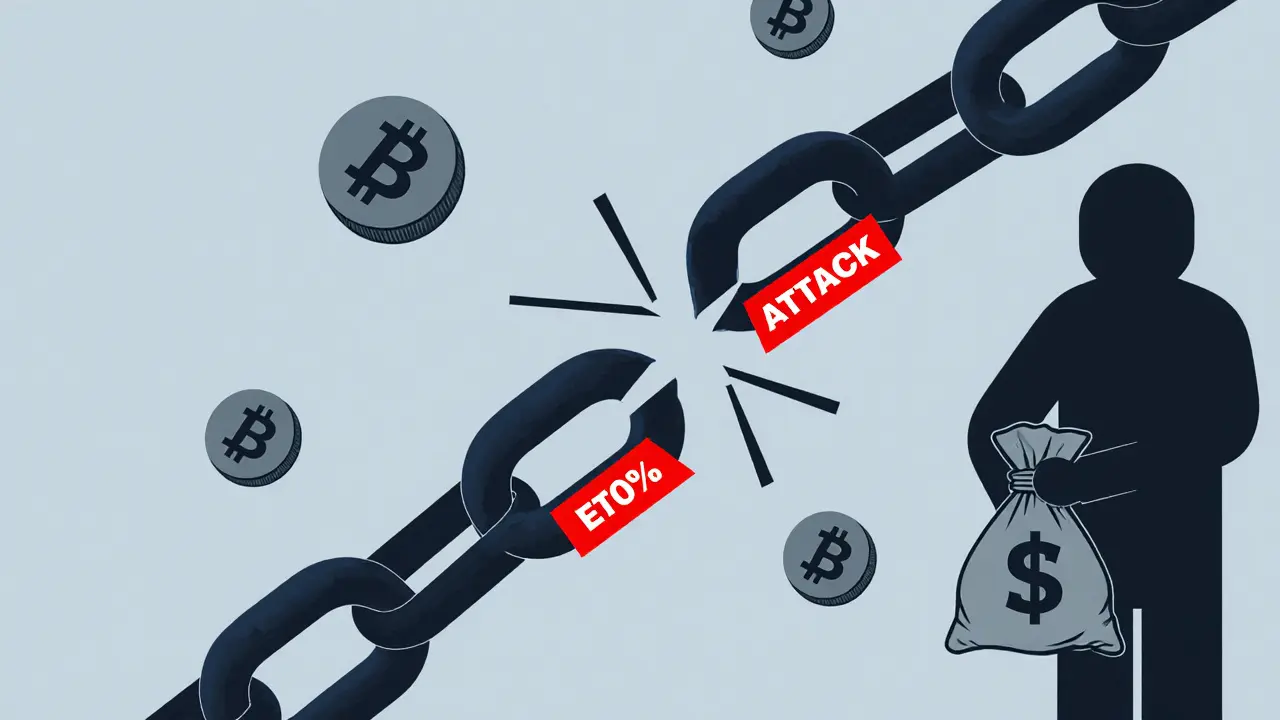Smart Contract Errors: Common Mistakes, Real-World Failures, and How to Avoid Them
When you interact with a smart contract, a self-executing program on a blockchain that runs without human intervention. Also known as on-chain code, it’s supposed to be flawless — but too often, it’s not. Smart contract errors aren’t theoretical. They’re the reason people lost millions in hacks, why tokens vanished overnight, and why some DeFi platforms died before anyone even noticed. These aren’t bugs you can patch with a simple update — once deployed, they’re permanent. And if the code has a flaw, anyone can exploit it.
Many of the worst crypto disasters started with one simple mistake: a reentrancy glitch, an unchecked input, or a missing access control. Take the infamous DAO hack in 2016 — a single line of code allowed an attacker to drain $60 million from Ethereum. Or more recently, projects like Zeddex Exchange and Darkex Exchange claimed to be decentralized, but their contracts had no audits, no transparency, and zero security checks. That’s not innovation — that’s gambling with your funds. Even platforms like PancakeSwap V3 and Mantle Staked Ether rely on smart contracts that must be flawless. One tiny oversight in the logic, and your liquidity pool gets drained. Your staked ETH? Gone. Your airdrop tokens? Unclaimable. These aren’t hypothetical risks — they’re daily realities in crypto.
Smart contract errors don’t just happen on new platforms. They show up in old ones too. Secret Network uses encrypted smart contracts to protect privacy, but even those can fail if the encryption logic is misconfigured. Meanwhile, wrapped tokens like Wrapped Cardano (WADA) depend on bridge contracts that connect blockchains — and if those bridges have flaws, your ADA could disappear into thin air. The same goes for liquidity mining pools on Curve or Arbitrum. If the contract doesn’t properly track rewards or enforce withdrawal limits, users get cheated. And let’s not forget the airdrop scams: THN, KCCPAD, SMAK — all promised free tokens, but their contracts were either fake, inactive, or designed to trap users. These aren’t just bad projects. They’re examples of what happens when smart contract errors go unchecked.
What makes this worse is that most users don’t know how to check for these problems. They see a shiny interface, a high APY, or a CoinMarketCap listing, and they assume it’s safe. But real security isn’t about branding — it’s about code. Audits from reputable firms, open-source contracts, and community reviews matter more than any marketing claim. If a project doesn’t show its contract on Etherscan or doesn’t explain how it works, walk away. You don’t need to be a coder to spot red flags — you just need to ask the right questions.
Below, you’ll find real cases where smart contract errors led to total collapse — and others where smart design saved users from disaster. These aren’t just stories. They’re lessons written in lost funds and broken trust. Learn from them before your next trade turns into a mistake you can’t undo.
Challenges of Immutability in Blockchain Systems
Immutability in blockchain isn't absolute-it's a trade-off. This article explores how GDPR, smart contract errors, network attacks, and storage limits make permanent data a liability, not a feature, and what real-world solutions are emerging.
Details +